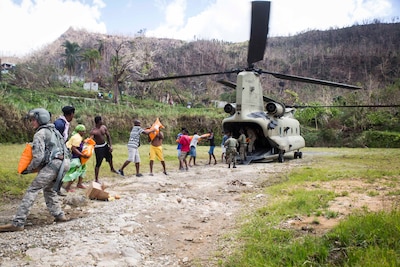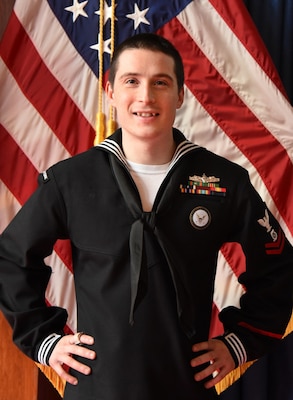By Jim Garamone DoD News, Defense Media Activity
WASHINGTON, March 12, 2018 — Speaking at a forum here today
on issues surrounding the president’s fiscal year 2019 defense budget request,
the three service secretaries agreed that the Defense Department’s most crucial
need is continued investment in people.
Army Secretary Mark T. Esper, Navy Secretary Richard V.
Spencer and Air Force Secretary Heather Wilson told the Center for Strategic
and International Studies that the American military’s most crucial advantage
is its people and that investment must continue to attract and retain them.
Kathleen Hicks of CSIS moderated the discussion.
All three service leaders said the fiscal 2018 budget goes a
long way toward repairing the damage done by the Budget Control Act spending
cuts and that the 2019 request will begin the road to modernization.
“At the end of the day, people are what makes everything
work, and we really have to focus on this,” Spencer said.
War for Talent
The services will be in a war for talent with the private
sector, other portions of government and each other, the Navy secretary noted.
“We are all going to be looking for more people to do more things in a more intelligent
manner,” he said. “We are going to have to figure out a way to adopt and adapt
those people that we have.”
Esper noted that the budget request supports the National
Defense Strategy announced last month. He said the world is entering a “dynamic
environment” with the return of great-power competition with Russia and China
and the threats from Iran, North Korea and terrorism. The Army must be capable
of countering terror threats as well as those posed by near-peer competitors,
he said.
The Army must be able to fight across the spectrum of
warfare, and it must be fast, Esper said. He pointed to the stand-up of the
Army Futures Command later this year as a defining moment for the service.
“It will be the biggest reform in the Army since 1973 in
terms of structure,” he said. “It promises to really reduce the time it takes
to … field a new piece of equipment [and] to do it at less cost, and in time
for the soldier to be able to use it.”
Joint Force Evolution
Wilson stressed that the services are continuing the
evolution to a truly joint force. When she first joined the Air Force, she
said, being joint meant having to serve in an assignment with people from other
services, and joint operations meant deconflicting a battlespace.
“I would say the services are on the cusp of becoming
integrated – not just interdependent, not just joint – but integrated in our
operations,” she said. “Because if we can do that – if we can gather
information faster, decide faster and act faster, then we are going to prevail
in 21st-century conflict. I think we are on the cusp of being able to think and
move in that direction.”
“What distinguishes our military, what makes us the premier
fighting force in the world -- which guarantees it will prevail in any conflict
-- is the quality of our service members,” Esper said. “They are – bar none –
the best in the world. They’re smart, they’re aggressive, they’re resourceful,
they are persistent and they have a lot of grit.”
All of the secretaries said the services need some personnel
reforms. Wilson noted that it takes 150 days to hire a civilian employee and
said the backlog for security clearances has doubled over the past 18 months.
The Air Force secretary said she wants organizational
shifting to stop while the service implements acquisition reform. “There is
something we need to pause, which is organizational change,” she said. “There’s
been a lot of it in the Pentagon, and we need to just let the org-chart boxes
stay where they are this year and focus on things like personnel reform and
fine-tuning acquisition.”








